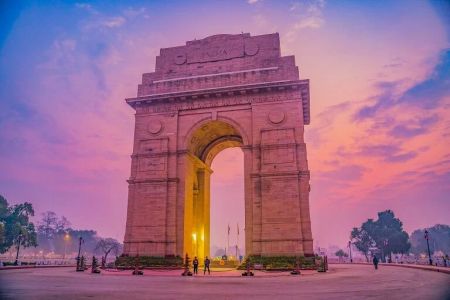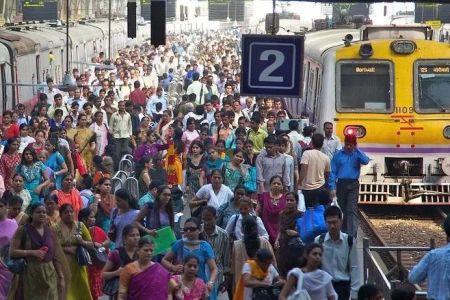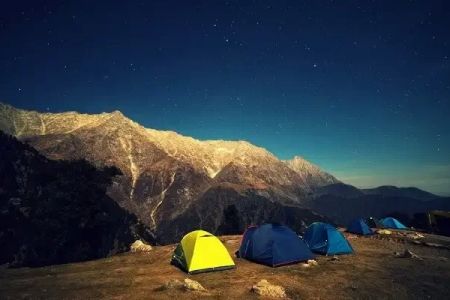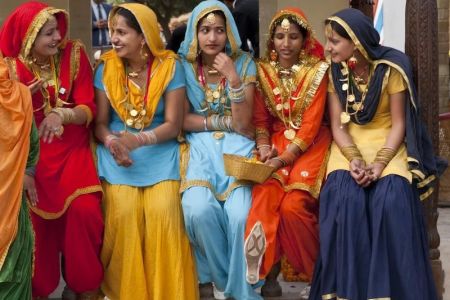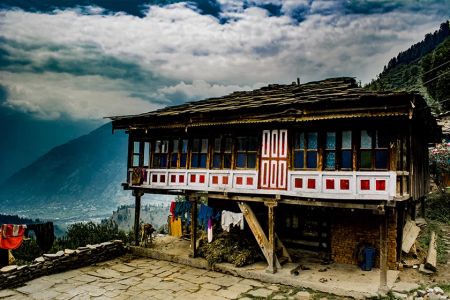Introduction
India is a land of contrasts and rich experiences, from the snow-capped peaks of the Himalayas to the tropical beaches of Kerala. For travelers, India offers a mix of adventure, culture, history, and natural beauty that is truly unique. However, visiting India can be an overwhelming experience, especially if it's your first time. To help you navigate your journey, we've compiled essential travel tips for India that will ensure your trip is safe, enjoyable, and memorable.
Visa and Documentation
Before traveling to India, one of the first steps is securing your visa. Most foreign nationals require a visa to enter India, and the application process varies depending on your country of residence. Travelers can apply for an e-visa online for tourism purposes, which is a convenient option for many. Make sure to check your passport's validity, as it should be valid for at least six months from your date of entry into India.
Be sure to keep a copy of your visa and important documents like your passport in a safe place during your trip, as you may need to present them at various checkpoints or tourist sites.
Cultural Etiquette in India
India is a country with diverse cultures, languages, and traditions, so it's important to be aware of cultural norms to avoid any misunderstandings. A few key etiquette tips include:
- Greetings: A traditional greeting in India is the "Namaste," where you join your palms in front of your chest. Handshakes are also common, but avoid physical contact with the opposite gender, especially in rural areas.
- Dress Modestly: Dressing modestly is important, especially when visiting religious sites or rural areas. Women should avoid wearing revealing clothing, and men should avoid wearing shorts in temples.
- Respect Religious Beliefs: India is a country with multiple religions, and respecting local customs and beliefs is key to having a positive experience. Always remove your shoes when entering temples, and avoid disturbing religious practices.
Transportation in India
India’s transportation system can be chaotic for first-time visitors, but once you understand the basics, it’s easy to get around. Here are a few tips for navigating India’s diverse transport system:
- Trains: The Indian railway network is one of the largest in the world, and traveling by train is an experience in itself. For long-distance travel, book your train tickets in advance to secure a comfortable seat. Consider traveling in sleeper or AC classes for a more comfortable experience.
- Public Buses: Public buses are available in most cities and towns, but they can get crowded. For a more convenient option, consider using private cabs or ride-sharing apps like Uber and Ola.
- Rickshaws: Auto-rickshaws are a popular and affordable way to get around in cities. Be sure to agree on the fare before starting the ride or ask the driver to use the meter.
Health and Safety Tips
While India is a relatively safe destination, there are a few health and safety precautions to take during your trip. Here are some important tips:
- Vaccinations: Before traveling to India, check with your doctor to ensure you are up to date on routine vaccines. Recommended vaccines for travelers to India include Hepatitis A, Hepatitis B, Typhoid, and Tetanus.
- Water and Food Safety: To avoid foodborne illnesses, drink only bottled water and avoid consuming street food that may not be hygienically prepared. When eating at restaurants, opt for cooked food and avoid salads or raw foods.
- Personal Safety: While India is generally safe for tourists, always be aware of your surroundings. Avoid walking alone at night in unfamiliar areas, and keep your valuables secure at all times.
Local Cuisine and Water
Indian cuisine is flavorful, diverse, and an essential part of the cultural experience. However, the local food may be different from what you're used to, so it’s important to take a few precautions. Always drink bottled water, and avoid ice cubes, as they may be made with contaminated water.
When it comes to food, try local dishes such as biryani, dosa, and curries, but start with milder flavors if you're not accustomed to spicy food. If you’re adventurous, Indian street food can be an exciting experience—just make sure it’s from a clean and reputable vendor.
Travel Stories and Experiences
Many travelers have shared their unforgettable experiences in India. One traveler, Emily from the US, recalls, “My trip to India was life-changing. The vibrant culture, delicious food, and friendly locals made me feel at home. I’ll never forget the sunset I watched at the Taj Mahal—it was pure magic.”
Similarly, Tom from Australia shared, “I was a little nervous about traveling to India, but it turned out to be one of the best decisions of my life. I trekked in the Himalayas, explored ancient temples, and met incredible people along the way.”
How to Plan Your Trip to India
If you’re planning to visit India, it’s important to plan your trip carefully to make the most of your time there. Start by researching the regions you want to visit and create an itinerary that suits your interests. Whether you’re interested in history, adventure, or culture, India has something for every traveler.
For more information on planning your trip to India and booking your tour, visit Travel India One. They offer customized travel packages and expert advice to help you create the perfect trip to India.
